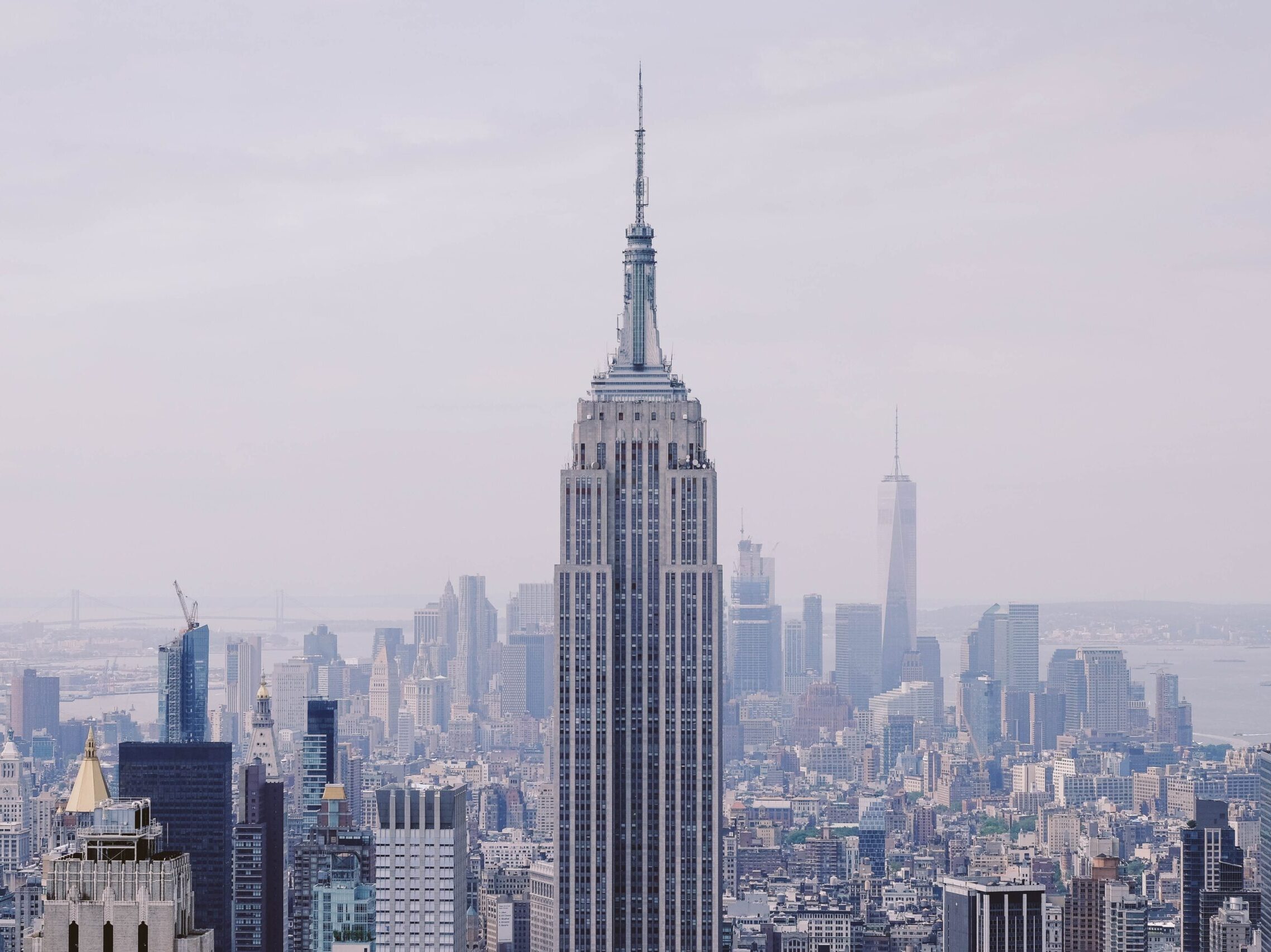6/19/2023
On the week of June 5th, residents across the Northeastern United States took to the internet to post images of smoke-filled skies. A jetstream had captured smoke from Canadian wildfires, transplanting hazy skies and a smell of smoke for hundreds of miles. New York City’s air quality captured the attention of news outlets and social media when the city’s skyline was barely visible from just across the East River. On Tuesday of the same week, air quality in New York City was ranked among the worst in the world, and even topped the list for a short time. People across several states were urged to wear masks, use air purifiers, and limit time outdoors while the air quality remained dangerous. Two weeks later, air quality remains moderate to unhealthy for much of the Northeastern United States. But while cameras and conversations have been pointed at the hazy skies of New York City, the source of the haze should be the main talking point.
Canadian wildfire season runs from May through October. Over 400 wildfires are currently raging across Canada – more than 200 of which are labeled as being out of control. The fires affecting the air quality in the Northeastern United States began in Quebec and Ontario in early June. By June 4th, Quebec authorities said they were unable to get the 153 wildfires in their province under control and about 14,000 people had been forced to evacuate. In response to the destruction, over 600 international firefighters from countries such as the U.S., France, Spain, and Portugal joined the fight in Quebec, with just as many assisting other provinces. After only one month into the season, Canada is on track to see its worst wildfire season in history.
So, what is causing wildfire activity to increase? Depending on the source, the answer may differ. Some news outlets claim that wildfires and climate change have no relation, but instead, are due to poor forest management headed by a liberal government – despite these particular wildfires originating internationally. Meanwhile, scientists have a different answer: wildfires are being affected by climate change. And scientists say that the connection is clear.
As climate change drives record heat and drought, the affected areas essentially become kindling for wildfires. Warm air holds more water vapor which, when combined with atmospheric instability, provides a recipe for lightning strikes. According to Edward Struzik, a fellow at Queen’s Institute for Energy and Environmental Policy at Queen’s University in Canada, most of the fires in the boreal forests of northern Canada are started by lightning. Struzik went on to say that a one-degree Celsius increase in temperature increases lightning activity by 12 percent. Even as far south as the southern third of Quebec, where wildfire smoke seen in the U.S. had originated, most of the current fires were started by lightning. As the Earth becomes warmer, droughts and lightning become more frequent. So, as a result, wildfires will continue to worsen.
Although air quality in cities such as New York and Philadelphia has improved since the week of June 5th, Canadian wildfire season has just begun. All 10 Canadian provinces are experiencing abnormal, moderate, severe, or extreme drought, and to this point in the season, destruction is 13 times worse than the 10-year average to this point. Historically, wildfires have been occurring, presumably, since there were wildlands to be burned. However, what was merely a natural occurrence is now being intensified by human-driven conditions.

